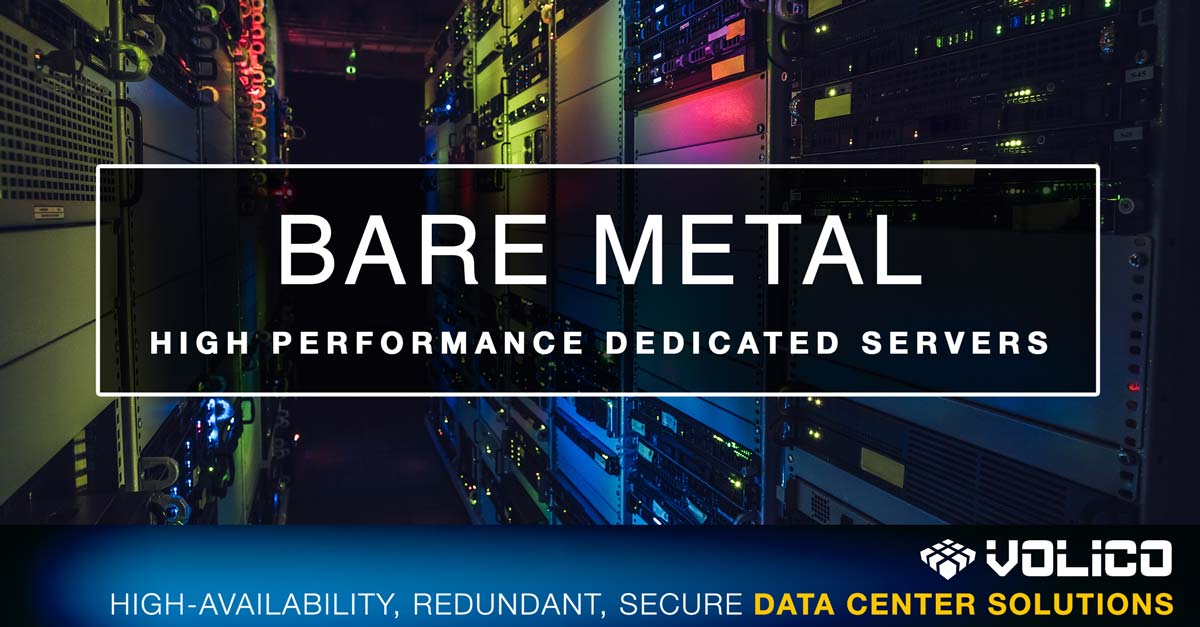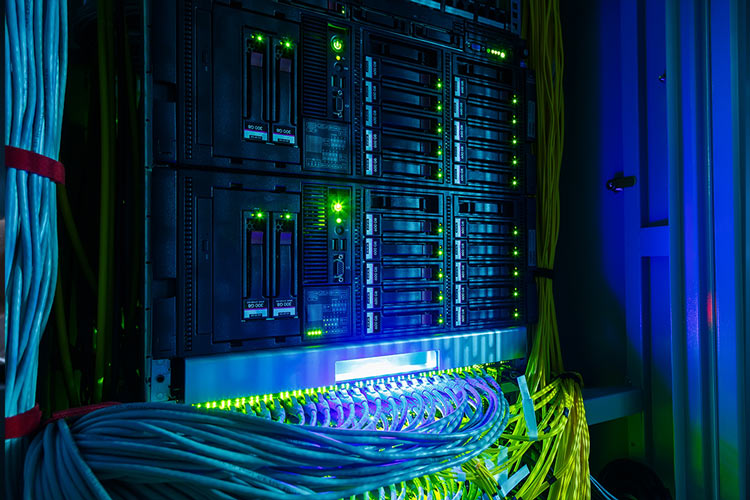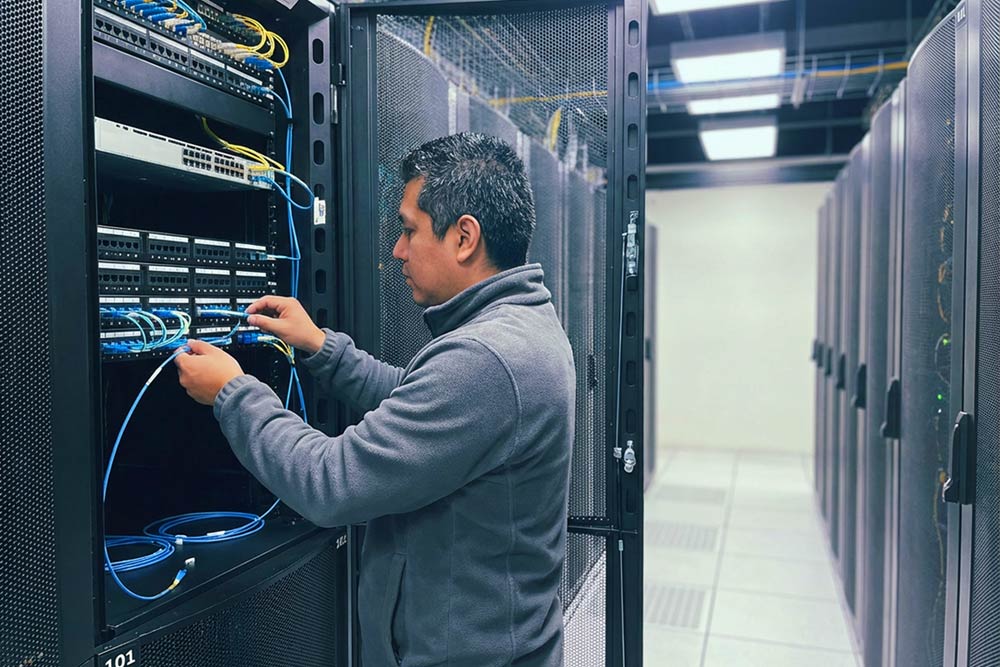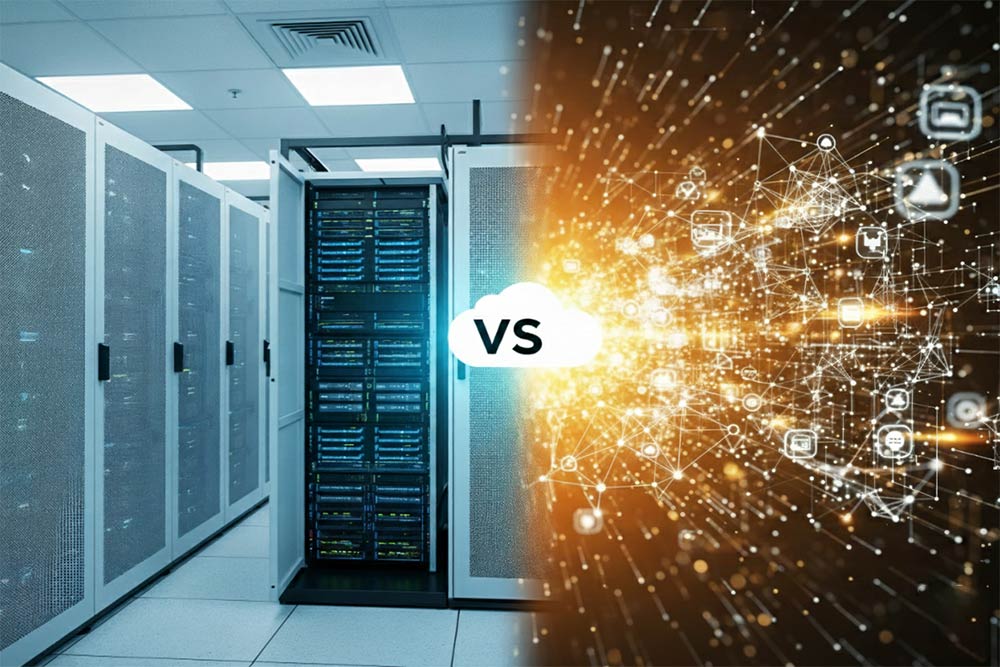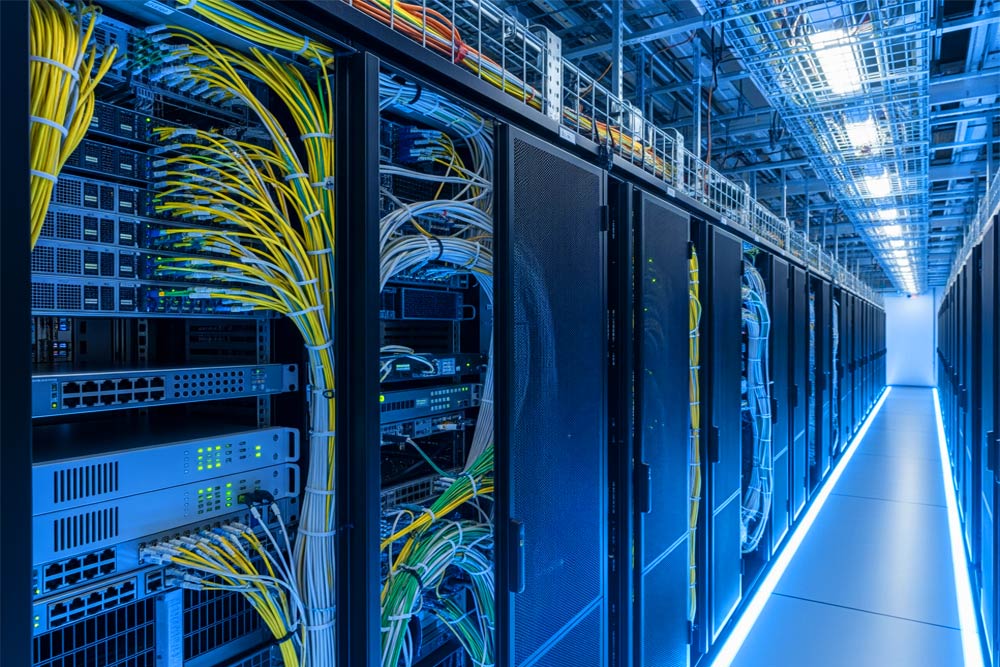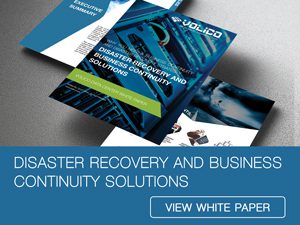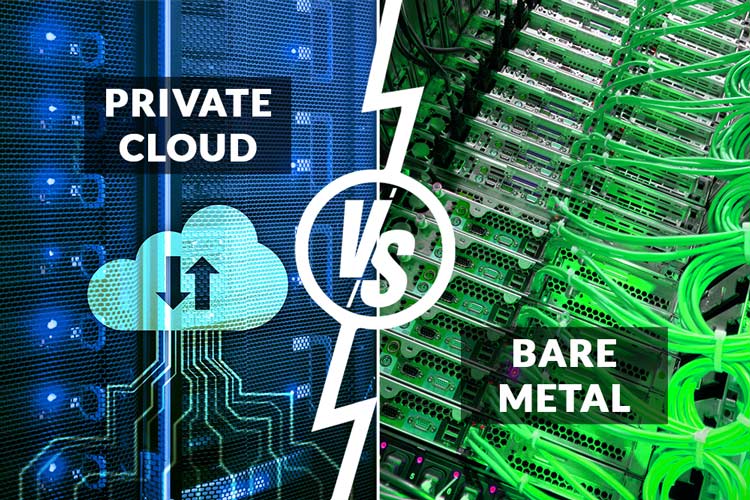Bare metal servers are making a strong comeback, and if you’re responsible for IT infrastructure, you may be wondering whether your organization should get on this train.
Virtualized environments can be great for specific workloads, however, VMs do have to share resources, which puts bare metal servers in a more special position. Unlike virtualized environments or dedicated hosting solutions, where the provider controls most aspects, bare metal servers are dedicated physical hardware that provides full control over the resources – and no hypervisor overhead. These servers stand out with better performance, stronger security, and absolute control over all of the configurations.
As data-intensive applications grow, bare metal servers have re-emerged as a popular choice. These are known as a great alternative to public cloud services or even a private cloud because of the secure, high-performance, and low latency environment they provide.
But why are they trending again? How do they compare to virtualized environments, and should you consider making the switch? Let’s unpack.
Changing Demands
For years, VMs and containers have been the go-to solutions for managing workloads because of their flexibility, easy scalability, and fast deployment, which made them ideal for cloud-native applications. However, as technology evolves, so do infrastructure demands. Emerging applications (like AI, machine learning, and real-time analytics) require higher computational power, lower latency, and deeper hardware-level customization. Traditional virtualized environments are no longer capable of handling such loads. This often leads to performance issues, various bottlenecks, and latency issues due to hypervisor overhead and shared resources.
Industries that need to adhere to strict compliance requirements and need more control over security and data isolation also have good reasons to choose bare metal servers. These can solve these challenges because direct access to the hardware is available, which makes it possible for organizations to optimize performance and tweak all settings to fit their workloads. Bare metal also ensures higher security, which is crucial for industries handling sensitive data. Better cost-predictability is also a plus for companies planning on the long term.
So, if we are looking to find a reason behind the newfound popularity of bare metal servers, we have to look at the recent technology changes. These are driving the need for infrastructure changes, and bare metal servers are proving to be the part that makes the shift possible.
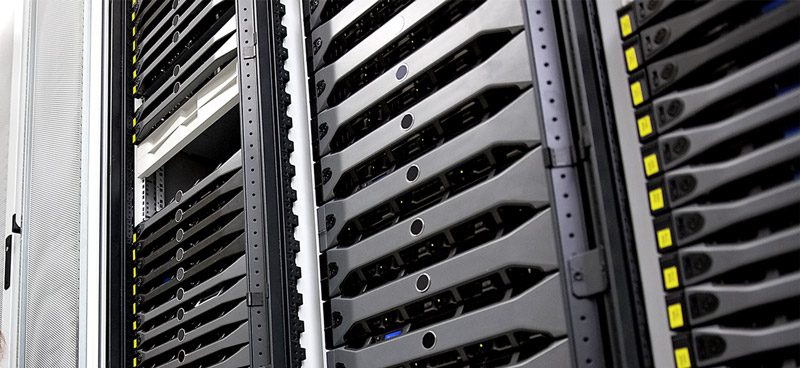
Why Bare Metal Servers Are Popular Again
The qualities of bare metal servers discern them from the rest of the options, and these qualities are becoming increasingly important in meeting growing demand. These are the following.
- Performance and Low Latency: When every millisecond counts, bare metal servers provide the fastest processing speeds possible. Unlike VMs, which rely on a hypervisor, bare metal gives access to CPU, RAM, and storage. This is crucial for workloads where even minor delays can impact outcomes. With bare metal, you get predictable and consistent performance without interference.
- Strengthened Security and Compliance: If you handle sensitive data, security is a top priority. Virtualized environments can come with the risks of shared infrastructure, where the potential for security breaches is higher. Bare metal servers are physically isolated, meaning you don’t have to worry about cross-tenant vulnerabilities. They are an excellent choice for strictly regulated sectors. The complete control allows you to tailor your infrastructure to meet specific compliance needs.
- Long-term Cost-Efficiency: if your workloads are stable and long-term, bare metal servers help you avoid the unpredictable costs of cloud services. Cloud services offer flexibility but can quickly become expensive. So, instead of being hit with fluctuating bills and hidden costs like data egress fees, bare metal offers the luxury of predictability. With fixed pricing, you can better manage IT expenses without worrying about unexpected variables.
- Customizability: In virtualized environments, configurations are limited, but bare metal allows full hardware customization. If you want, you can choose high-performance GPUs, NVMe storage, specialized networking, and even specific CPU architectures to match your workload requirements.
- Support for Edge Computing and Hybrid Cloud: As businesses shift toward distributed computing models, bare metal servers play a crucial role in edge deployments. Processing data closer to the source reduces latency and improves bandwidth issues, making bare metal ideal for real-time applications.
Bare Metal or Virtualization?
Bare metal servers and virtualized environments are both great solutions but for different things.
The key difference between them lies in how system resources are allocated and managed. In a virtualized setup, a hypervisor like VMware, for instance, sits between the physical hardware and the operating system. This hypervisor creates and manages multiple virtual machines, or VMs, each having its own share of CPU, memory, storage, and networking. While this allows for efficient resource utilization and scalability, it introduces overhead that can impact performance. Every request made by a VM has to pass through the hypervisor, which adds latency. This limits you in harnessing the power of the hardware in the most efficient way.
Bare metal servers, on the other hand, run without the abstraction layer. This means that the operating system has direct access to the CPU cores, memory bandwidth, and disk I/O, which leads to significantly better performance for resource-intensive workloads. It’s not a secret that virtualization often involves “noisy neighbor” issues, where multiple VMs compete for shared resources. Bare metal eliminates this risk, making it ideal for workloads that require consistency and guaranteed processing power.
Virtualization is great for not-so-resource-intensive workloads or small businesses, where the possibility of scaling easily and dynamically outweighs the potential drawbacks of multi-tenancy. However, for larger enterprises where stability, security, and high performance are the priorities, the benefits of dedicated resources and granular hardware control are more important.
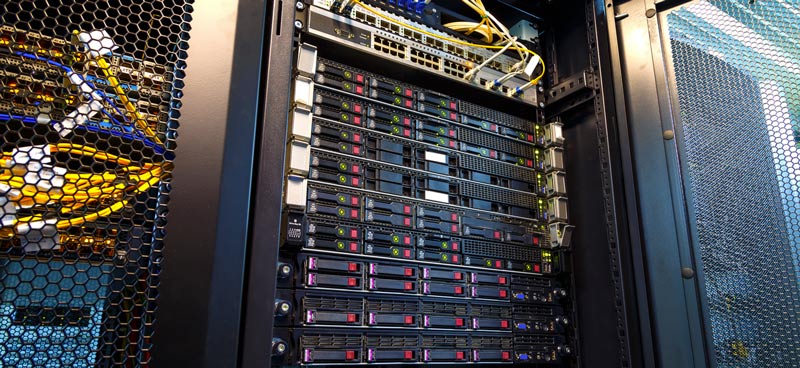
Use Cases for Bare Metal Servers
Bare metal shines the brightest, where performance, security, and control are paramount.
If you’re running high-performance computing (HPC) applications, like AI, machine learning, or scientific research, bare metal servers provide the processing power you need, jumping over the hypervisor-induced latency. Gaming companies rely on bare metal servers to host multiplayer platforms with low-latency connections and deliver a seamless gaming experience. In this industry, bare metal is crucial to maintaining stable, lag-free interactions and good customer experience.
For businesses dealing with sensitive data – like finance, healthcare, and government – bare metal servers provide the most secure environment that helps meet compliance requirements while offering the security of complete control over the infrastructure.
If you’re building a private cloud, bare metal lets you maintain control while still allowing you to leverage cloud-like scalability. This hybrid approach provides the best of both worlds – dedicated performance and the flexibility of cloud solutions.
Should Your Organization Choose Bare Metal Servers?
As always, the decision to use bare metal servers depends on your business’s needs. If you require high computing power, ultra-low latency, and enhanced security, you have strong reasons to go for bare metal. Handling data that must meet strict compliance regulations? The physical isolation of bare metal helps prevent data loss and ensures compliance with industry standards. If you need control over hardware and software configurations, bare metal can provide the fine-tuned, customizable infrastructure you need.
However, if your workloads are highly dynamic and require frequent scaling, a virtualized or cloud-based solution is a better fit. Bare metal servers are not easy to scale on demand, so if agility is a priority, consider a hybrid model.
Budget is always an important consideration, so it’s important to note that bare metal servers are more expensive, however, if you’re planning long-term, and your workloads require high performance and security, the expenses will be lower long-term as opposed to the same workloads running in the cloud.
Looking Forward
Bare metal servers are reclaiming their place in modern IT infrastructure planning, and their role will only continue to grow. As businesses demand better performance, enhanced security, and cost-effective alternatives to virtualization and public cloud services, bare metal provides a compelling solution.
Looking ahead, expect to see more hybrid deployment, where bare metal servers integrate with cloud and edge computing. Industries like AI, blockchain, and IoT are already leveraging bare metal for high-performance demands, and this trend will accelerate as computing needs become more complex. If you’re evaluating infrastructure upgrades, now is the time to consider how bare metal fits into your IT strategy. With the right approach, you can take advantage of their speed, security, and cost benefits while integrating them into a flexible, hybrid environment.
If you’re looking for infrastructure solutions, check out our bare metal severs solutions. Contact our team to learn more and get started.
Call (305) 735-8098 or message us in chat.
